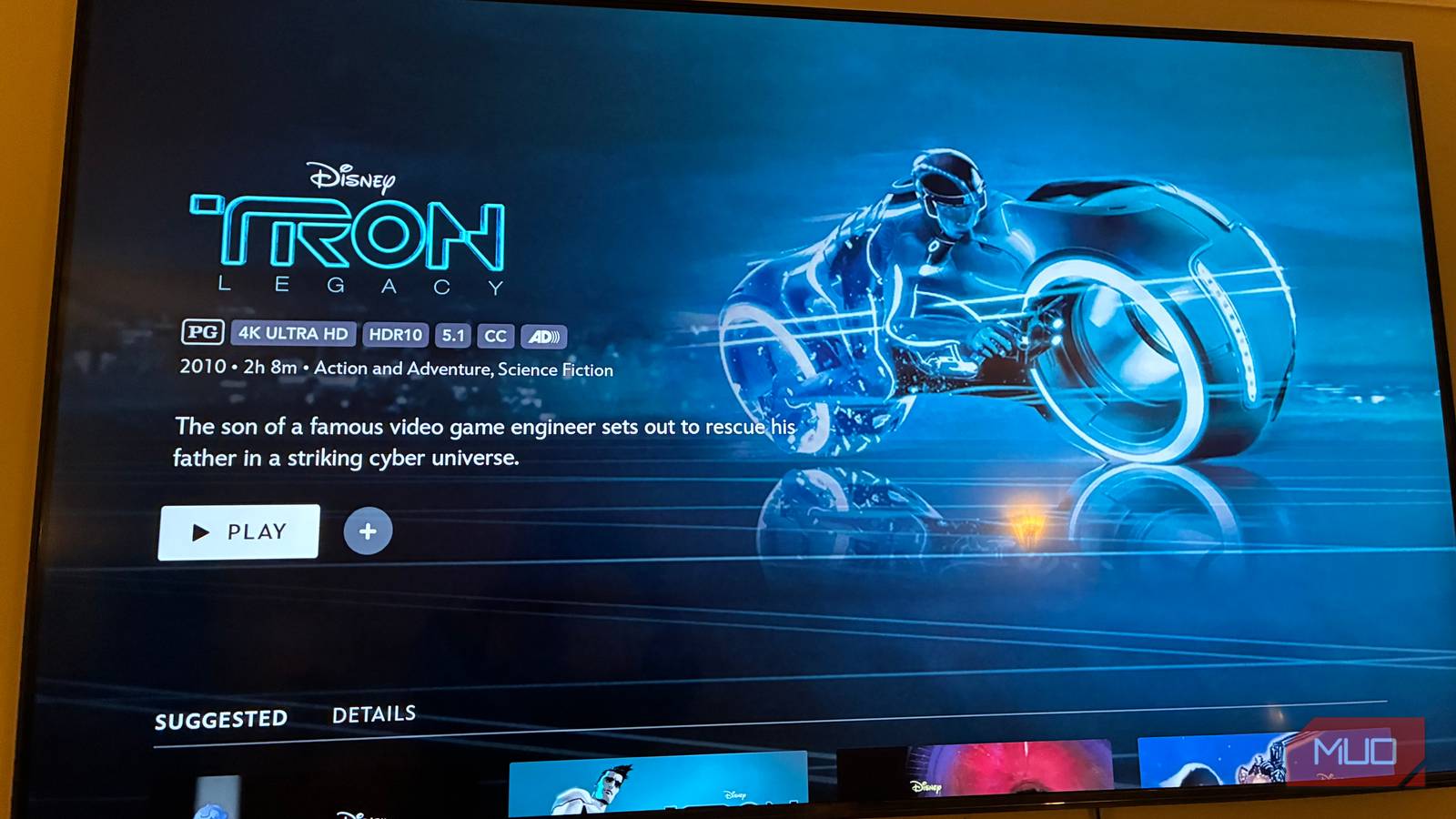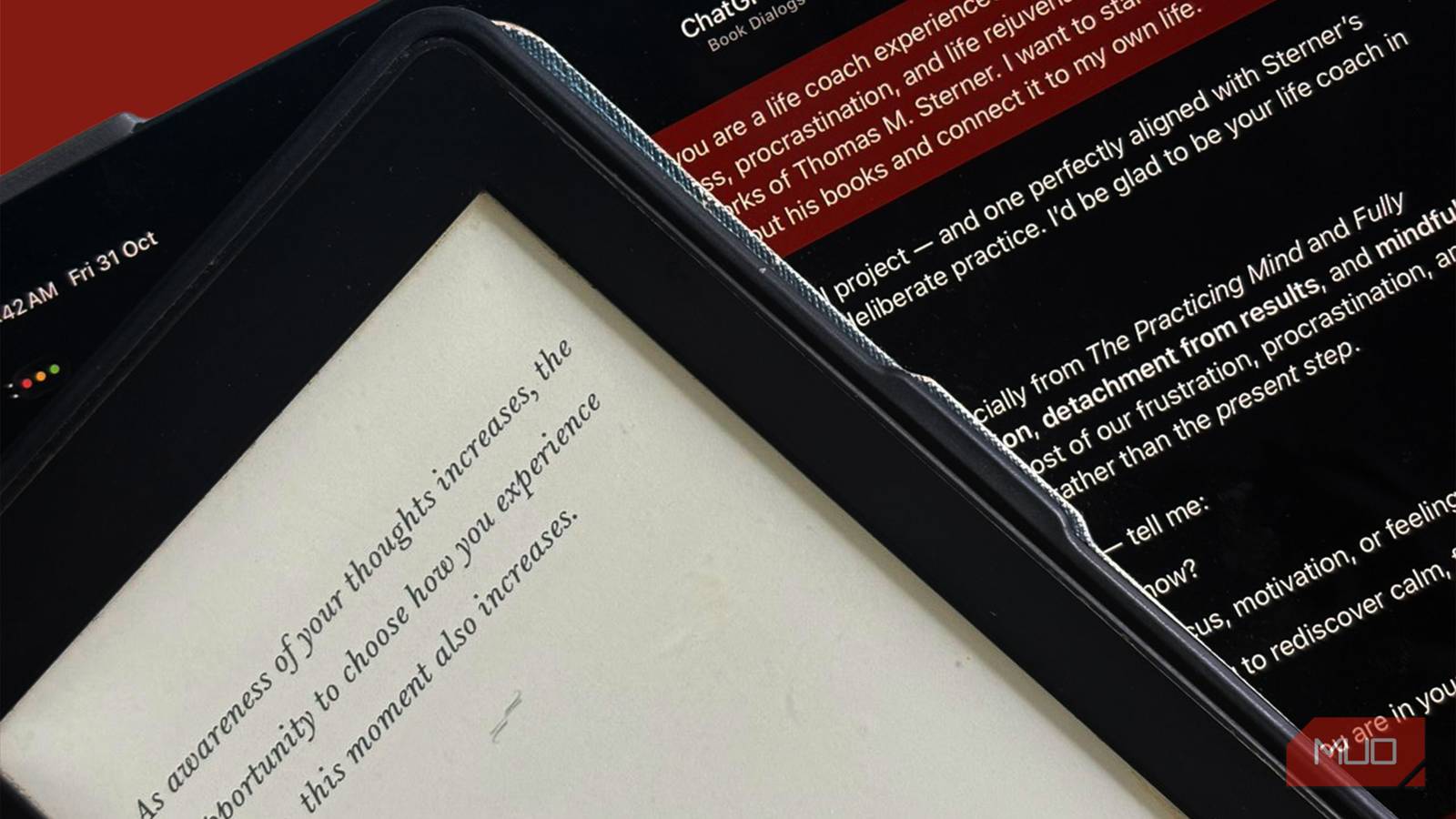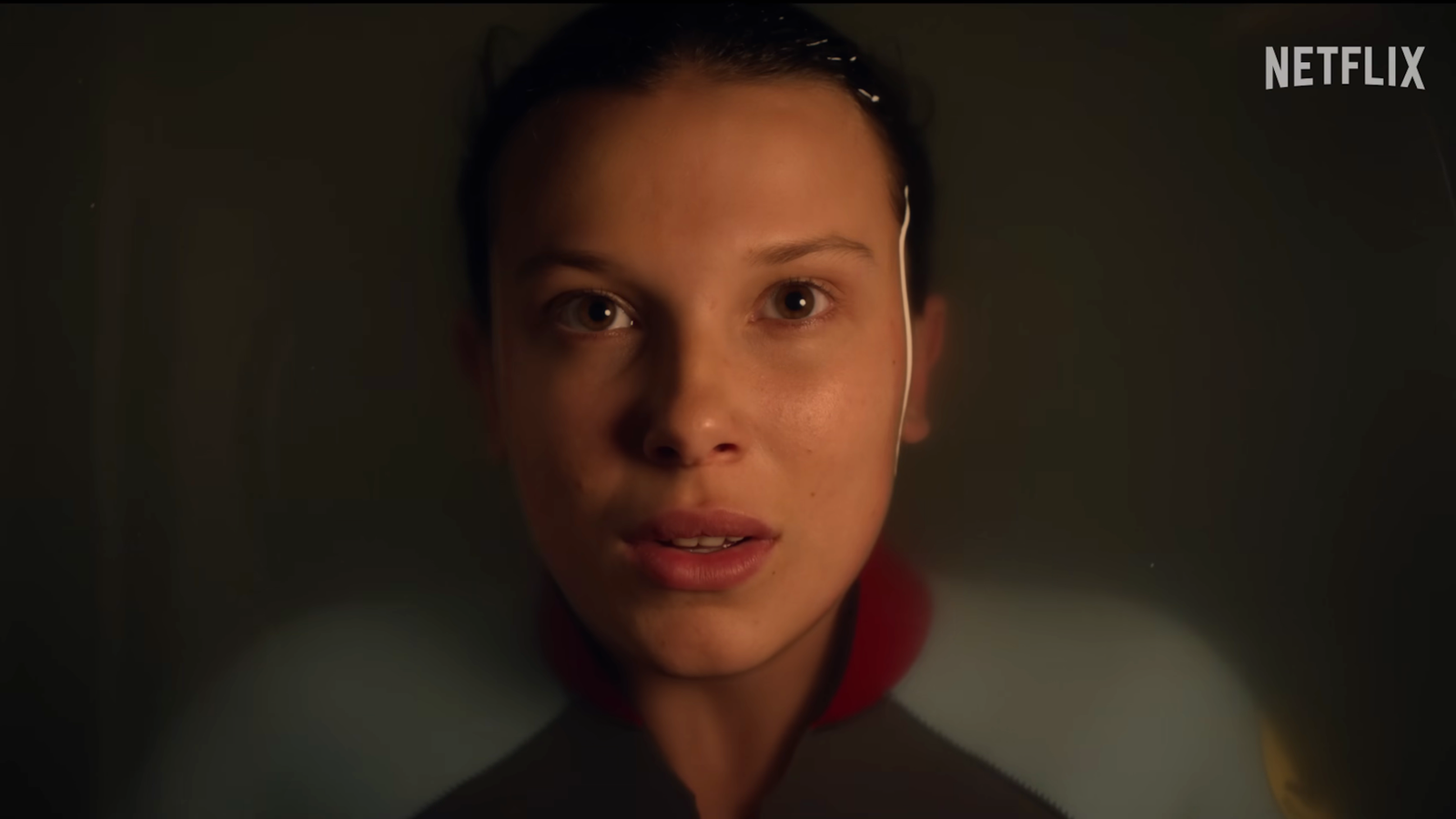Prime Video is host to a number of great original sci-fi shows, including Fallout, The Boys, and The Expanse, which is one of the few sci-fi series that can really hold a candle to heavy-hitters like Andor. But you’ve already heard of those.
But I’m taking things back to the early days of the streaming service, back to 2015, when Amazon took a big swing with a sci-fi show called The Man in the High Castle. That series built a decent-sized fanbase during its four seasons on the air, but has largely passed out of the conversation.
It deserves better.
The Man in the High Castle is a solid sci-fi drama inspired by a master of the genre
But the show goes way further than Philip K. Dick did
The Man in the High Castle is based on a book of the same name by sci-fi author Philip K. Dick, who has a cult following all his own; this man’s stories inspired movies like Blade Runner, Total Recall, and Minority Report, so anything based on his work is worth paying attention to.
The Man in the High Castle is set in the 1960s in an alternate reality where the Allies lost World War II and the Axis Powers took control of the United States, with Nazi Germany and the Empire of Japan dividing the conquered territory between themselves. We meet characters from across the country, some of whom openly collaborate with these new rulers and some of whom join a resistance movement. The show gives us a cast of lovingly drawn characters, thrilling espionage action, and a touch of the supernatural. It is, first and foremost, a solid, slow-burning thriller that will reward your time spent.
As for the eponymous “Man in the High Castle,” he’s a guy in possession of what seem to be newsreels from other realities, including one where the Allies were victorious. In the book, The Man in the High Castle has written a piece of speculative fiction about this other world, which helps some characters imagine how their own world could be improved. However, the adaptation goes further, introducing a literal portal that can funnel people between realities. That’s in keeping with Philip K. Dick’s preoccupation with the nature of reality itself, but changes things up enough that those who have read and loved the original book won’t feel bored.
The Man in the High Castle has the kind of dense lore that sci-fi fans love
The power of “what if”
If a show wants to build a cult following, it needs to give fans things to obsess over. Cults are built around depth, density, and detail, and The Man in the High Castle provides.
World War II is already a point of obsession for amateur historians everywhere. What would the planet look like had things gone differently? In The Man in the High Castle, Japan takes over the west coast of the U.S. while Germany claims the Midwest and the east coast. A lawless neutral zone runs through the Rocky Mountains, the better to create a buffer zone as Cold War-like tensions settle between the two empires.
What would it be like to live in a world like that? How would an aging Adolf Hitler run things? How would technology have been different? How would American culture change? These kinds of what-if questions provide springboards for theories, discussion, and the kinds of things that keep a good cult following going.
Why doesn’t The Man in the High Castle have a big cult following?
There is one major reason
The Man in the High Castle ended in 2019 and isn’t often mentioned these days when discussing the great shows of the Peak TV era. The ending indeed let fans down; they didn’t like what happened to John Smith (played by Rufus Sewell, probably the biggest star in the cast), or the ambiguity of the ending. The Man in the High Castle may well take its place among the ranks of good shows with endings everyone hated.
But I don’t think that should stop newbies from giving The Man in the High Castle a chance, or fans from giving it a second look. The imagination is there, scale, and craftsmanship are all there. Also, with authoritarianism on the rise around the world, a show like The Man in the High Castle is suddenly looking eerily relevant. It’s the perfect time for people to rediscover it.
If all else fails, the show could develop a cult following around how it’s so bad it’s good.
Amazon stopped making shows like The Man in High Castle
In The Man in the High Castle, people become fascinated with pre-war American culture to the point where it gets flattened and commodified, yet another intriguing “what if” wrinkle. They become interested in what’s been lost. Likewise, The Man in the High Castle itself is a product of an earlier era at Amazon Prime Video, where executives were willing to take a chance on a big-budget original sci-fi show based on a classic book.
Belts have tightened since then, and a lot of the big new shows at Amazon are based on properties that already have built-in fanbases, like The Lord of the Rings: The Rings of Power or Fallout. And while that’s not necessarily a bad thing, it’s cool to look back and see how a big streamer like Amazon used to operate when it was just getting its bearings and throwing darts at the wall. Cults form around things that are rare and strange, and right now, The Man in the High Castle is both.

- Release Date
-
2015 – 2018
- Network
-
Amazon Prime Video
- Showrunner
-
Frank Spotnitz
- Directors
-
Frank Spotnitz
- Writers
-
Frank Spotnitz












